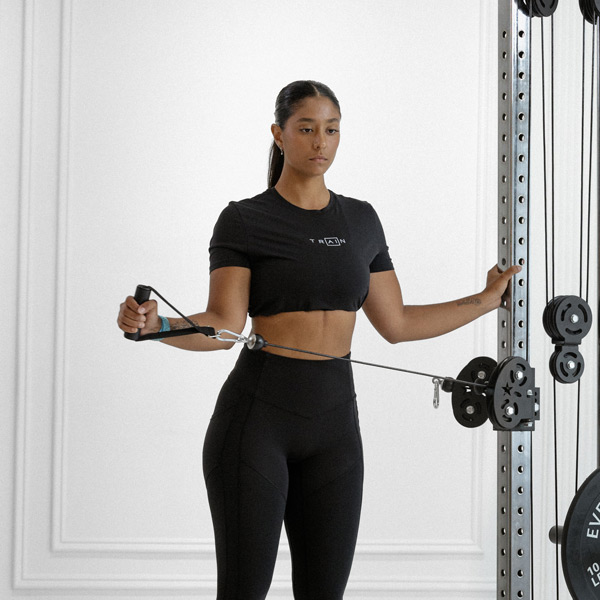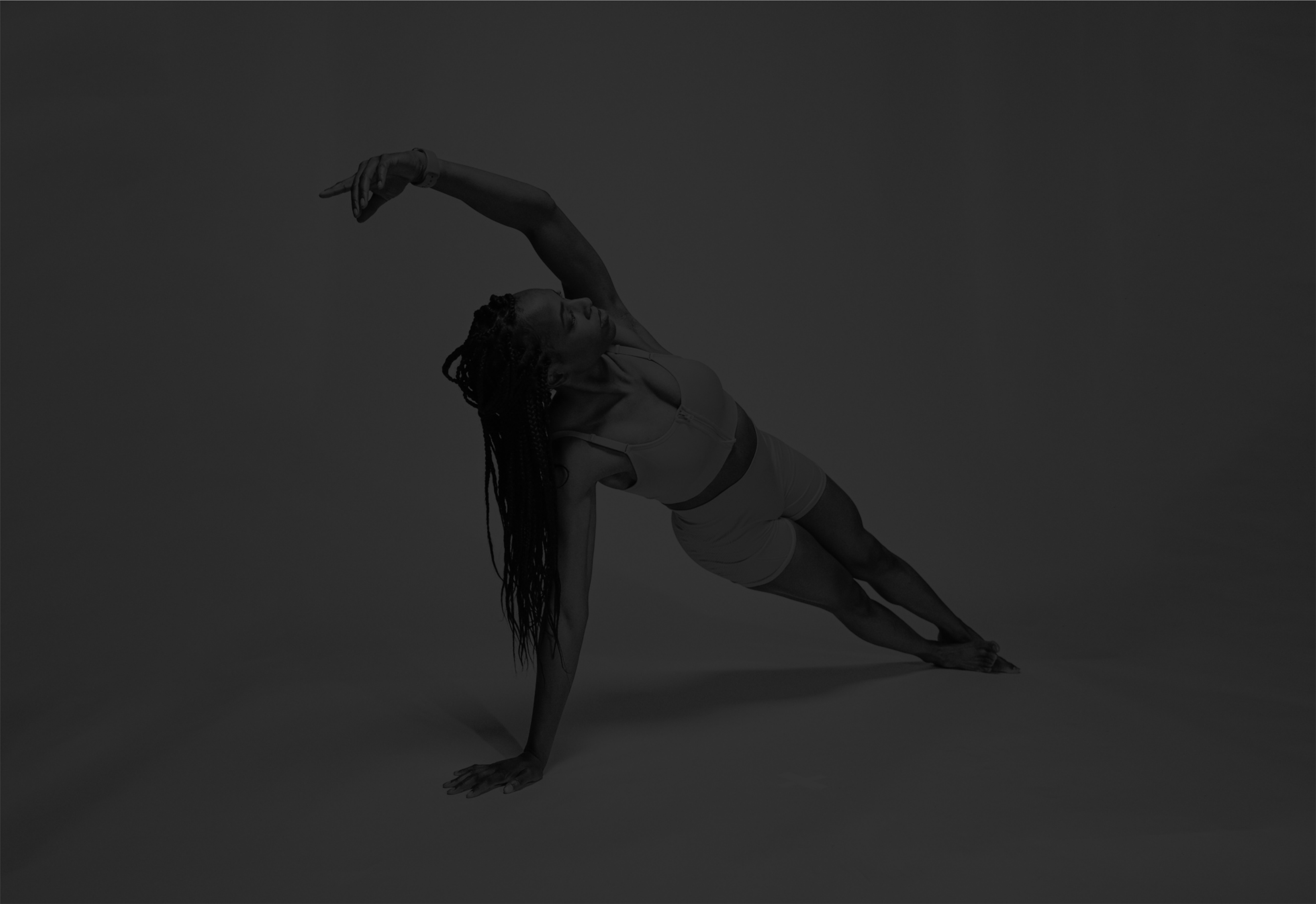Cable Internal Shoulder Rotation
Cable machine exercise focusing on internal shoulder rotation to strengthen the rotator cuff muscles, particularly the subscapularis, for improved shoulder stability and injury prevention.
About Exercise
Equipment
Single Cable Machine
Difficulty
2/5 • Beginner
Primary Muscle Groups
Shoulders
Secondary Muscles
Chest
Popularity Score
5
Goals
Training Style
Setup Requirements
Requires Rack
No
Requires Bench
No
Requires Spotter
No
Space Needed
Small
Noise Level
Low
Muscle Breakdown
View Muscle MapShoulders
10/10Chest
4/10Upper Chest
Programming
Typical Rep Range
10-15 reps
Rest Between Sets
30-60 seconds
How to Perform
Attach a handle to a low cable pulley. Stand sideways to the machine with the working arm across your body, elbow bent at 90 degrees and tucked to your side.
- Grasp the handle with your working hand, palm facing in.
- Keep your elbow fixed at your side and rotate your forearm inward across your body.
- Rotate until your forearm is parallel to the cable.
- Pause briefly at the end position.
- Slowly rotate back to the starting position.
- Repeat for desired reps, then switch sides.
Coaching Tips
Form Cues
- Elbow glued to side
- Rotate only forearm
- Control the return
- Keep shoulders down
- Squeeze at peak
Breathing
Inhale during the rotation back, exhale as you pull the cable inward.
Tempo
2-1-2
Range of Motion
Rotate from neutral arm position to full internal rotation where forearm crosses midline, elbow remaining at side.
Safety
Safety Notes
- Avoid if acute shoulder injury present
- Use light weight to maintain form
- Stop if pain in shoulder joint
Spotting
Not typically needed; self-spot with free hand if necessary.
Common Mistakes
- Allowing elbow to flare out
- Using momentum
- Shrugging shoulders
- Incomplete range
When to Avoid
- Shoulder impingement
- Rotator cuff tear
Flexibility Needed
- Adequate shoulder external rotation range
Build Up First
- Basic cable machine familiarity
Also known as
Cable Shoulder Internal Rotation, Internal Rotation with Cable
Found this helpful?
Share your thoughts or help us improve this guide.
Similar Exercises

Cable External Shoulder Rotation
Single Cable Machine
Shoulders

Dumbbell Side-Lying Shoulder Internal Rotation
Dumbbells
Shoulders

Dumbbell Supine Shoulder Internal Rotation at 90 Degrees
Dumbbells, Flat Bench
Shoulders

Dumbbell Cuban Shoulder External Rotation
Dumbbells
Shoulders

Resistance Band Shoulder External Rotation
Bands
Shoulders

Dumbbell Side Lying External Shoulder Rotation
Dumbbells
Shoulders

Cable Face Pull

Single Cable Machine, Rope Cable Attachment
Shoulders

Cable Upright Row

Single Cable Machine, Bar Cable Attachment
Shoulders

Dumbbell Rotational Row
Dumbbells, Flat Bench
Lats
Cable Prone Face Pull
Single Cable Machine, Rope Cable Attachment
Shoulders


subscribe to our newsletter
Contact Us
hello@trainfitness.aiFind Us
130 Spadina Avenue, Toronto,
Ontario, M5V 0H4, Canada
©2025 All Rights Reserved
